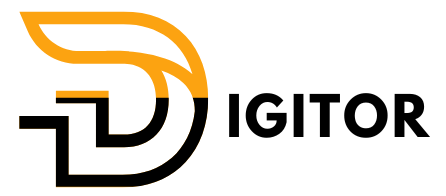Cloudflare CDN Setup Namecheap: Supercharge Your Website
In today’s digital world, website performance and security can make or break your online presence. If your website is hosted with Namecheap and you’re looking to boost speed, reduce latency, and protect it from attacks, then setting up Cloudflare CDN with Namecheap is a must.
This step-by-step guide covers how to easily configure Cloudflare CDN using your Namecheap domain — even if you’re a beginner.
Why Choose Cloudflare CDN with Namecheap?
When you integrate Cloudflare CDN with your Namecheap domain, you unlock:
-
Faster load times through global caching
-
Built-in DDoS protection
-
Free SSL certificates
-
Smart traffic routing
-
Improved site availability
According to Cloudflare, their CDN is designed to cache your site’s content across 300+ global data centers, reducing page load times for users worldwide.
Step-by-Step: Cloudflare CDN Setup Namecheap
Step 1 – Sign Up on Cloudflare
Visit Cloudflare.com and sign up for a free account. After logging in:
-
Click “Add a Site”
-
Enter your domain name (e.g., yourdomain.com)
-
Let Cloudflare scan your DNS records
This usually takes under a minute.
Step 2 – Choose Your Plan
After the scan, you’ll be prompted to choose a plan. For most personal or business sites, the Free Plan is enough and includes:
-
CDN services
-
DDoS protection
-
Free SSL
-
DNS management
Select your plan and continue.
Step 3 – Review and Confirm DNS Settings
Once DNS records are shown, verify they match your Namecheap hosting records. Cloudflare should automatically pull in:
-
A Records
-
CNAMEs
-
MX (email) records
Make changes if necessary, then proceed.
Step 4 – Replace Namecheap Nameservers
Cloudflare will provide two custom nameservers, like:
sara.ns.cloudflare.com
tom.ns.cloudflare.com
Now switch over to your Namecheap dashboard:
-
Go to Domain List
-
Click Manage next to your domain
-
Under Nameservers, select Custom DNS
-
Paste the nameservers Cloudflare provided
-
Click Save
That’s it! The change may take a few hours to 48 hours to fully propagate.

How to Confirm Cloudflare CDN is Active
After propagation:
-
Cloudflare dashboard will show a “Success” message
-
You’ll see analytics and traffic filtering data begin to appear
-
Use tools like GTMetrix to test speed improvements
If your site loads faster, the Cloudflare CDN setup with Namecheap is working.
Optional – Enhance with Page Rules and SSL
Enable SSL
In the Cloudflare dashboard:
-
Go to SSL/TLS
-
Choose Flexible or Full (recommended if your server has SSL)
Set Page Rules
Go to Page Rules and configure settings like:
-
Always Use HTTPS
-
Cache Everything
-
Forwarding URLs (301 redirects)
These boost performance and user experience.
Need Help with Setup?
If DNS records don’t match or if your site doesn’t behave as expected, it’s okay — even small errors can cause issues.
👉 Contact the experts at Digitor for quick help. We handle Cloudflare setups, CDN integration, and DNS troubleshooting every day.
Common Issues & Fixes
Issue 1: Site not loading
Fix: Double-check DNS records in Cloudflare match those in Namecheap or your hosting provider.
Issue 2: Email stopped working
Fix: Make sure MX records and related entries are set to DNS Only (gray cloud).
Issue 3: SSL errors
Fix: Use “Full” SSL mode if your host has an SSL certificate; use “Flexible” if it doesn’t.
Conclusion
The Cloudflare CDN setup for Namecheap is one of the easiest and most powerful upgrades you can make for your website. You’ll gain faster load times, advanced security, and control over traffic — all with zero cost using Cloudflare’s free plan.
Take a few minutes today to boost your site’s performance. If you run into any issues, reach out to us here — we’ll get it done right.







